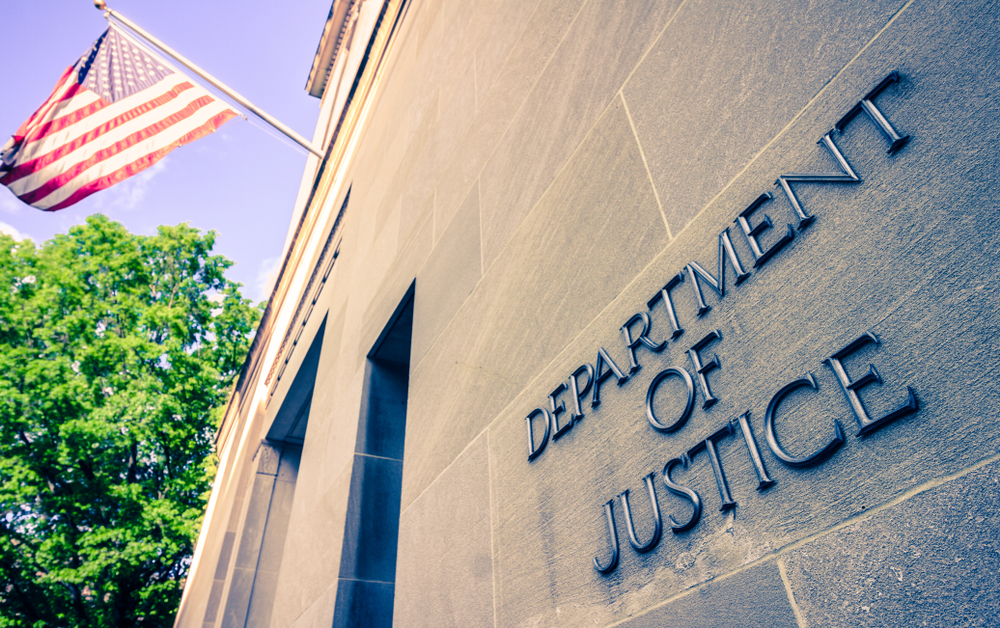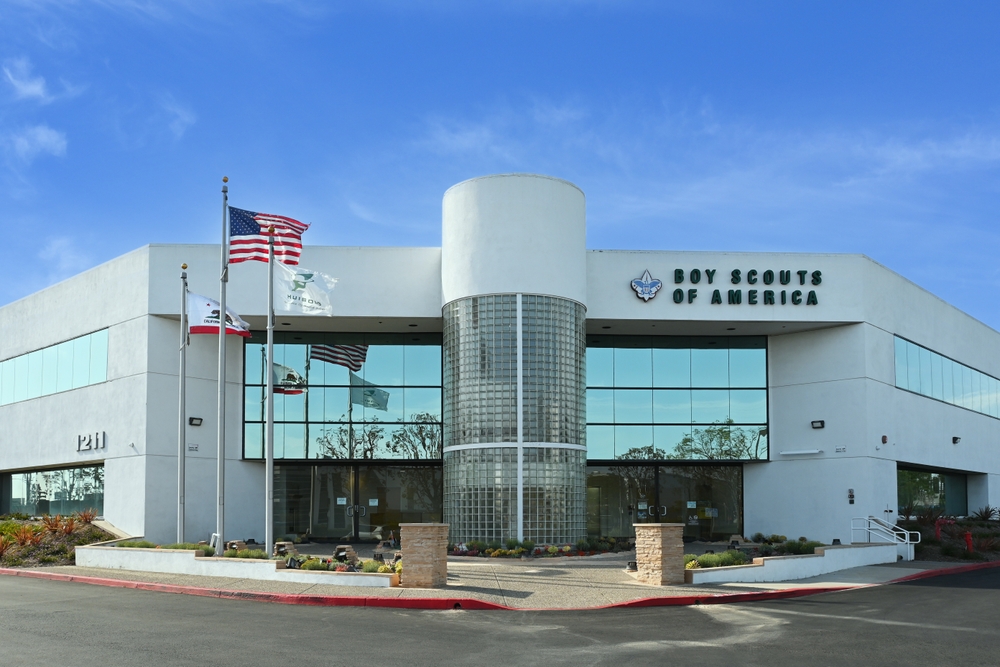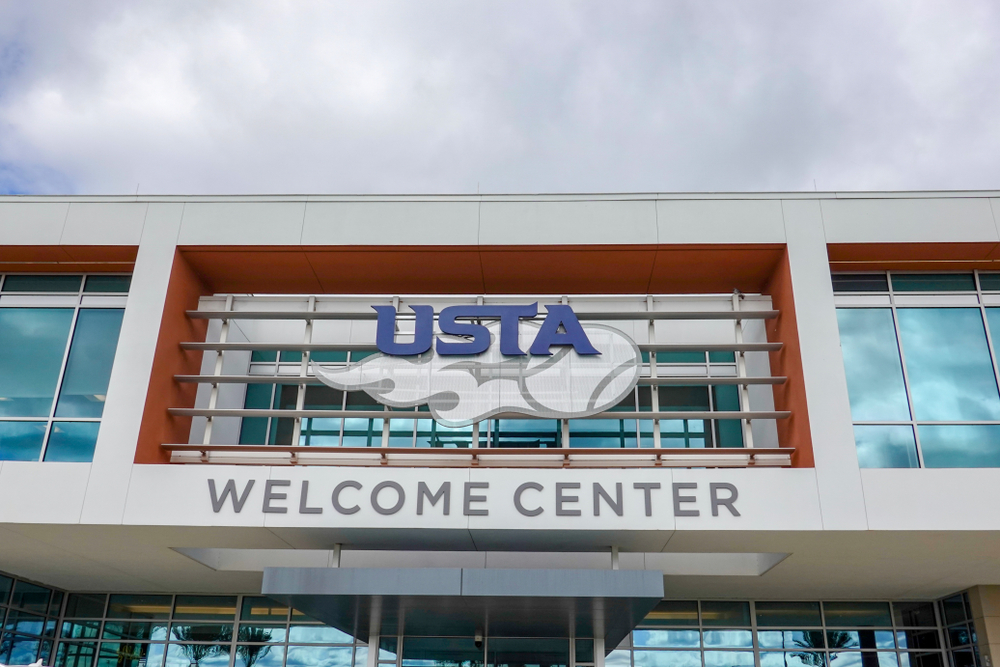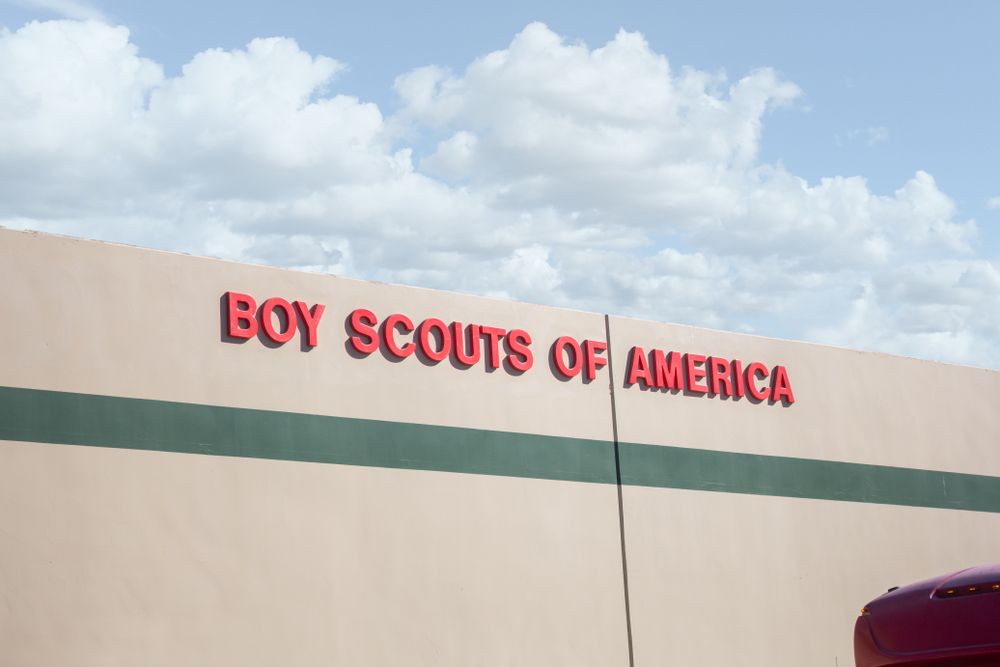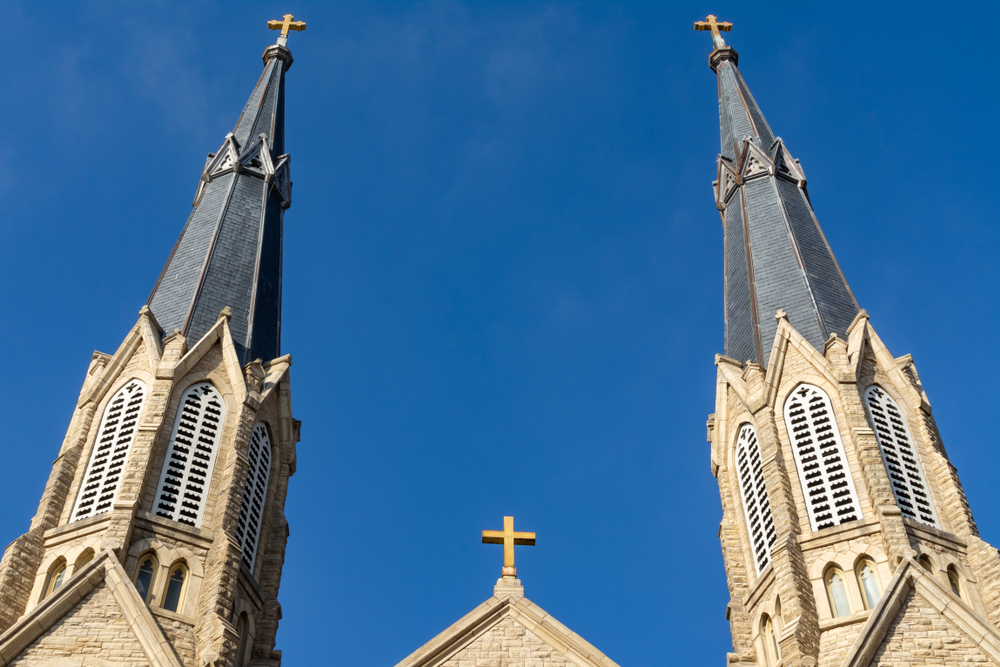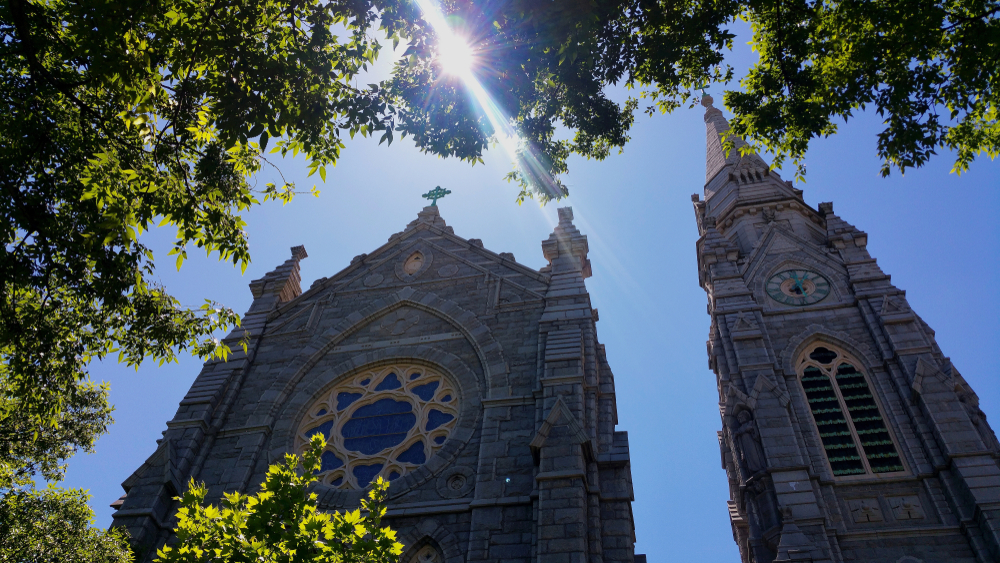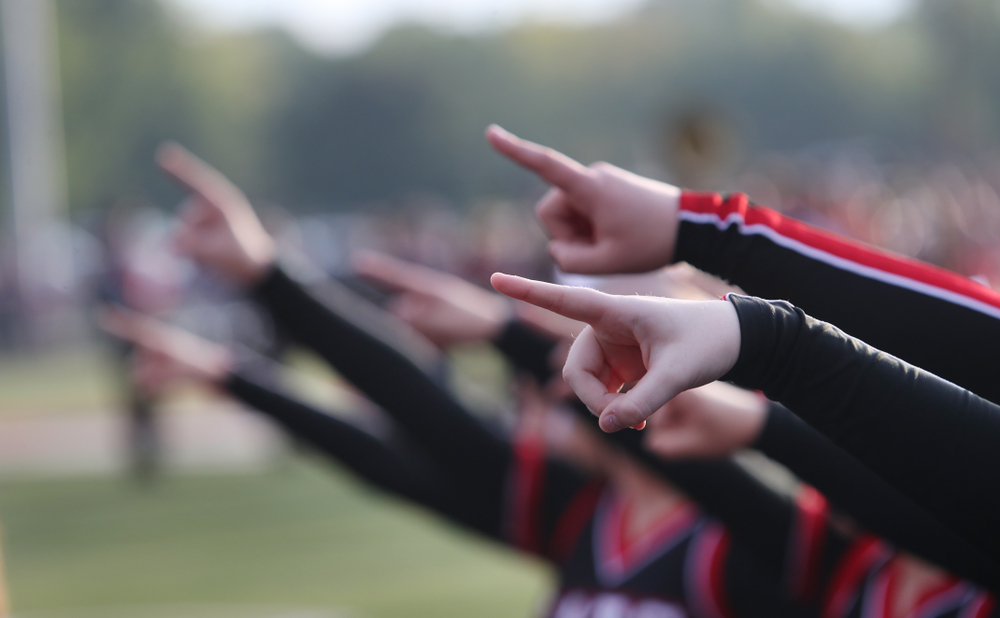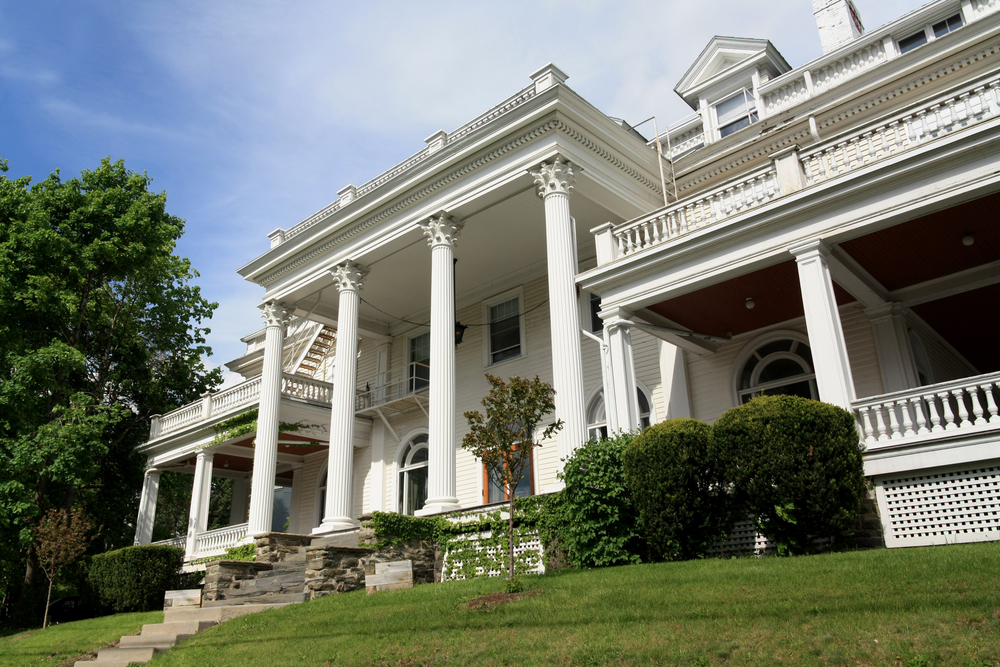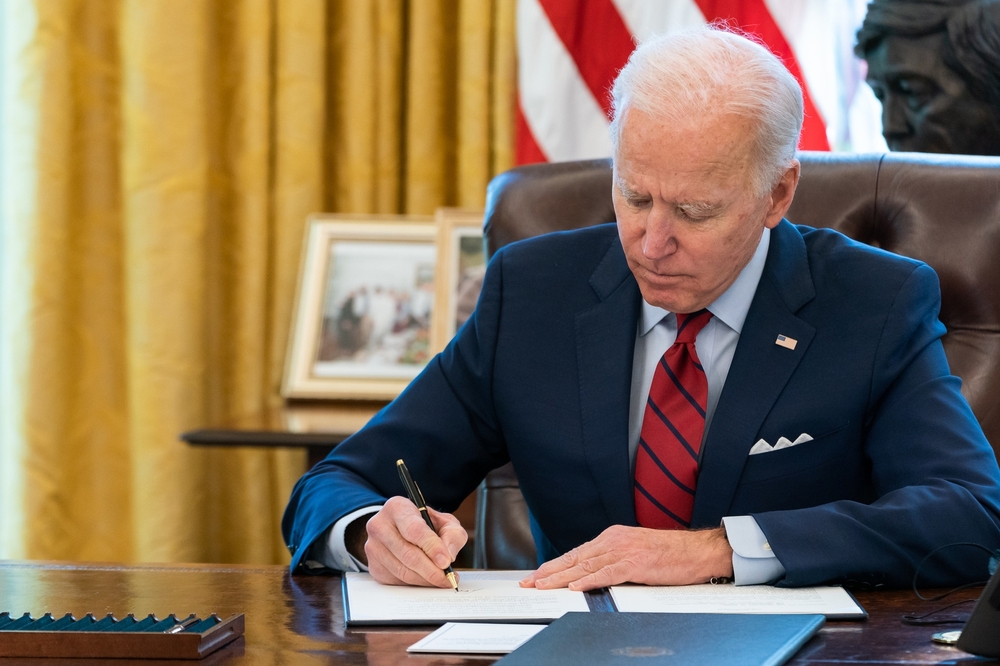Everything You Need to Know About Priest Abuse Issues in New York
New York’s population is over 30% Catholic. With the abundance of Roman Catholic Churches and schools in the state and the sordid reality of predatory clergy, it’s unsurprising that New York has a significant number of priest sex abuse claims. The widespread molestation and rape that clergy have committed against children have caused the Church to face serious financial troubles and severe damage to their reputation.
The statute of limitations was extended in several states and led to thousands of new priest abuse lawsuits throughout the U.S., including New York. Combined with the NY Child Victims Act, which allows survivors the opportunity to make child sex abuse claims until August 14, 2021, no matter their age, dioceses are struggling.
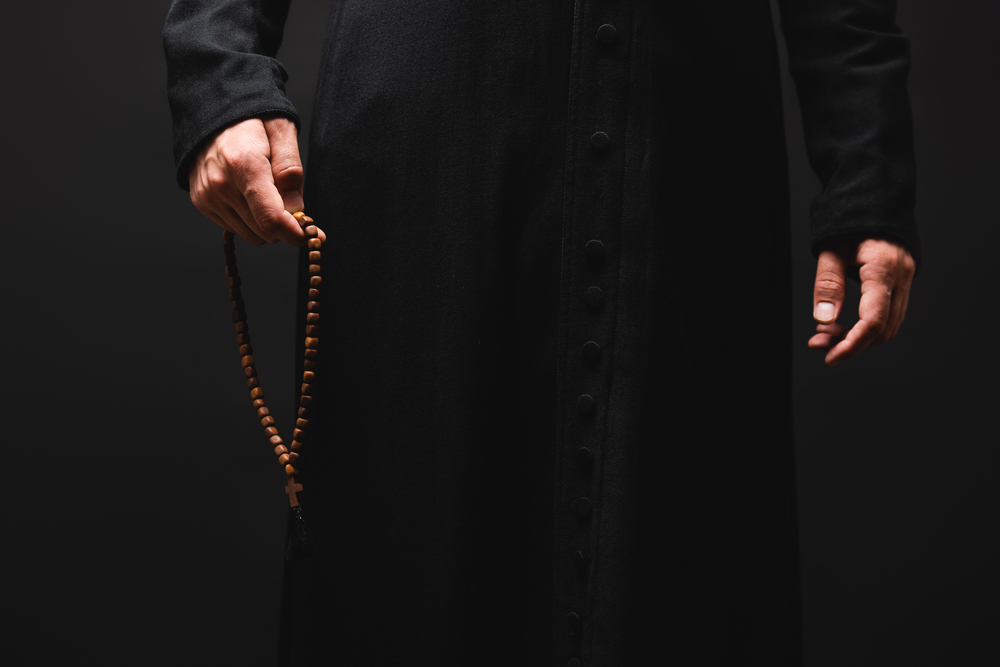
With legislation changes giving more victims the option to seek financial compensation, the Church’s near future will look much like it does now: an institution overrun by scandals costing expensive trials and settlements, and church leaders exposed for covering up priest sex abuse. More dioceses will become financially crippled from the influx of claims and lead to bankruptcy in some cases.
In 2020, a report of U.S. priests credibly accused of abuse named over 5,800 clergy, a disturbing number believed to be far lower than the actual total. In an effort of transparency, many dioceses have revealed their own lists of clergy with credible accusations against them. However, the lists provided by the Church have often been criticized by advocacy groups and investigators who believe many names are intentionally left off or missing. They also think the Church is still protecting those accused of child sex abuse.
When Did Priest Abuse Claims Start?
The first well-known U.S. clergy sexual abuse claim that led others to come forward in the following years made headlines in the 1980s. But priest sex abuse scandals really gained momentum in the early 2000s, with thousands of members named in lawsuits today.
Since the Church handled allegations internally for years – keeping police in the dark – it wasn’t until the last two decades that mass claims emerged, especially in New York. Some lawsuits detail attacks that happened half a century or more ago, and victim statements have revealed just how far clergy sexual abuse impacted their lives.
Beyond the movement of holding all child sex abuse predators accountable for a widespread issue in the U.S., the Child Victims Act (CVA) opened the floodgates in New York state in 2019. Under the Act, victims who previously couldn’t make a claim to seek financial compensation for priest sexual abuse because of the statute of limitations can do so until August 14, 2021.
How Legislation Increased Clergy Abuse Claims
The Roman Catholic Church has paid almost $4 billion in settlements for sexual abuse claims throughout the country, and this number is expected to keep rising for at least a few years. Why? The statute of limitations has been increased in many states, and special look-back legislation is being enacted. The look-back windows allow victims, who were previously unable to report childhood sexual abuse because of their age, the opportunity to now make claims.
In New York, the statute of limitations age changed from 23 to 55, offering a much longer timeframe to pursue justice for being sexually abused by clergy in the Catholic Church. New York is among 14 other states that increased the age in legislation, providing hope and options for survivors. When the Child Victims Act was signed, clergy sexual abuse claims skyrocketed. On the first day it came into effect, more than 400 claims were filed. Just months later, over 1,000 had been made.
The influx of clergy sexual abuse lawsuits painted a disturbing picture but reinforced the importance of New York’s legislation changes.
New York Priest Sexual Abuse Claims
In 2017, a landmark lawsuit resulted in six settlements for Catholic priest abuse in New York City. This case involved six claimants and reached a combined total $1.8 settlement through the Independent Reconciliation and Compensation Program. The program created by the New York Archdiocese and Brooklyn Diocese was introduced so the Church can pay victims who sue them for priest abuse.
The sexual abuse detailed by the six adults, in this case, spanned almost 30 years, starting in 1959. The win was a significant step forward and just the beginning of justice in New York priest abuse scandals. The years following saw more victims break their silence and pursue compensation for abuse by members of the Roman Catholic Church.
Changes to the statute of limitations in 15 states, combined with special legislation that provided look-back windows, led to an expected 5,000 or more priest abuse claims in just New York, New Jersey, and California combined. While a significant number of lawsuits have been filed recently, the abuse in these claims dates back decades in many cases.
The Church has paid about $4 billion to victims of clergy sexual abuse since the 80s. Still, changes that allow Americans to seek compensation who previously couldn’t is expected to result in another $4 billion or more in settlements. As years-long cases settle, the financial hit to dioceses in the U.S. has led to widespread bankruptcy.
The endless lawsuits have left Catholic churches in New York unable to afford the legal process and settlements without significant restructuring. Rockville Centre had more than 200 claims of clergy abuse filed against them, which led the diocese to file for Chapter 11 bankruptcy.
The Dioceses of Rochester, Syracuse, and Buffalo also filed for Chapter 11. The Church creates a restructuring plan during this bankruptcy process, including a settlement for lawsuits against them.
Corruption within the Catholic Church
Unfortunately, Catholic clergy have a sordid history of not only sexually abusing children but covering it up and reassigning accused priests to a different community – instead of reporting them to the Vatican and stripping them of their title.
The last two decades of priest sex abuse lawsuits across the country revealed systemic corruption within dioceses. In many cases, other clergy members, including high-ranking officials, hid reports of priest abuse, with some who didn’t even file the complaints.
To make matters worse, some clergy with credible sex abuse allegations were simply sent to a new parish, putting other children at risk of abuse. In many cases, the reassigned priest ended up assaulting more children, highlighting the shameful and inadequate response by the Church.
But the cover-ups and corruption haven’t been swept under the rug. In 2020, the NY Attorney General sued the Buffalo Diocese for not reporting credible priest sexual abuse claims to the Vatican. A lengthy investigation led to the lawsuit and detailed the inaction by the diocese. All dioceses are supposed to involve the Vatican of credibly accused priests, yet very few have. The lack of official reporting reinforces the issues with the Roman Catholic Church handling matters on its own.
Is Priest Abuse Declining?
While thousands of New York priests are accused of sexual abuse, investigations have shown a positive change. In response to the widespread misconduct of priests in the U.S. and around the world, a former federal judge and prosecutor Barbara Jones was appointed to review clergy sex abuse complaints in New York and the Church’s protocols and procedures that prevent and respond to misconduct. The inquiry showed a positive and significant change to the pedophile culture within the dioceses across the U.S.
The investigation revealed that almost all reports of abuse occurred years and even decades ago, with only a few in recent years. This was enormously reassuring, showing that the dioceses’ efforts handling and even preventing priest abuse in the state are working. But the number of clergy sexual abuse claims is still growing, with thousands of people coming forward about their sufferings from many years before.
Impacts of Priest Sex Abuse
Coming forward with claims of sex abuse is difficult, regardless of who the attacker is and at what age it occurred. When children are sexually abused, they’re at risk of many life-changing, short- and long-term effects. From post-traumatic stress disorder, anxiety and depression to difficulty developing relationships, nightmares, and addiction, the impacts of child sex abuse are far-reaching.
Spiritual and religious beliefs are also something victims struggle with; being assaulted by religious leaders, the very people who encourage morality, kindness, and inclusion, adds more confusion, complications, and hopelessness among priest abuse victims.
After a sexual assault, victims have been shamed, threatened, and even convinced that what happened is okay or part of God’s will. In clergy sex abuse, many children who came forward with claims had their allegations covered up or ignored.
Victims advocates have been outspoken about how dioceses handle clergy abuse allegations that can worsen or disrupt the coping process. Physical and sexual abuse against minors and adults are crimes, and as such, the Roman Catholic Church’s history of mismanaging a systemic problem has been at the forefront of criticism. Self-regulating has led to serious reputation issues and distrust.
How Does the Church Move Forward from Sex Abuse Scandals?
New York dioceses are in the midst of significant changes and struggles from the clergy accused of sexual abuse in the state. The Church’s reputation, support, and financial stability are all at stake. Victims, advocates, law enforcement, and politicians are closely watching as investigations reveal the sordid reality of clergy sex abuse. Million-dollar settlements with victims have been reached many times over, but how does the Catholic Church move forward?
Accountability, transparency, and actions are key factors in getting past any scandal. In an effort to address and prevent such disturbing, widespread priest abuse, dioceses in New York and throughout the country have adopted new protocols, reporting processes, and relief funds.
Whether the Church’s actions in response to thousands of clergy accused of abuse meet the standards and expectations of Americans is not yet known but taking steps and owning blame is a start.








